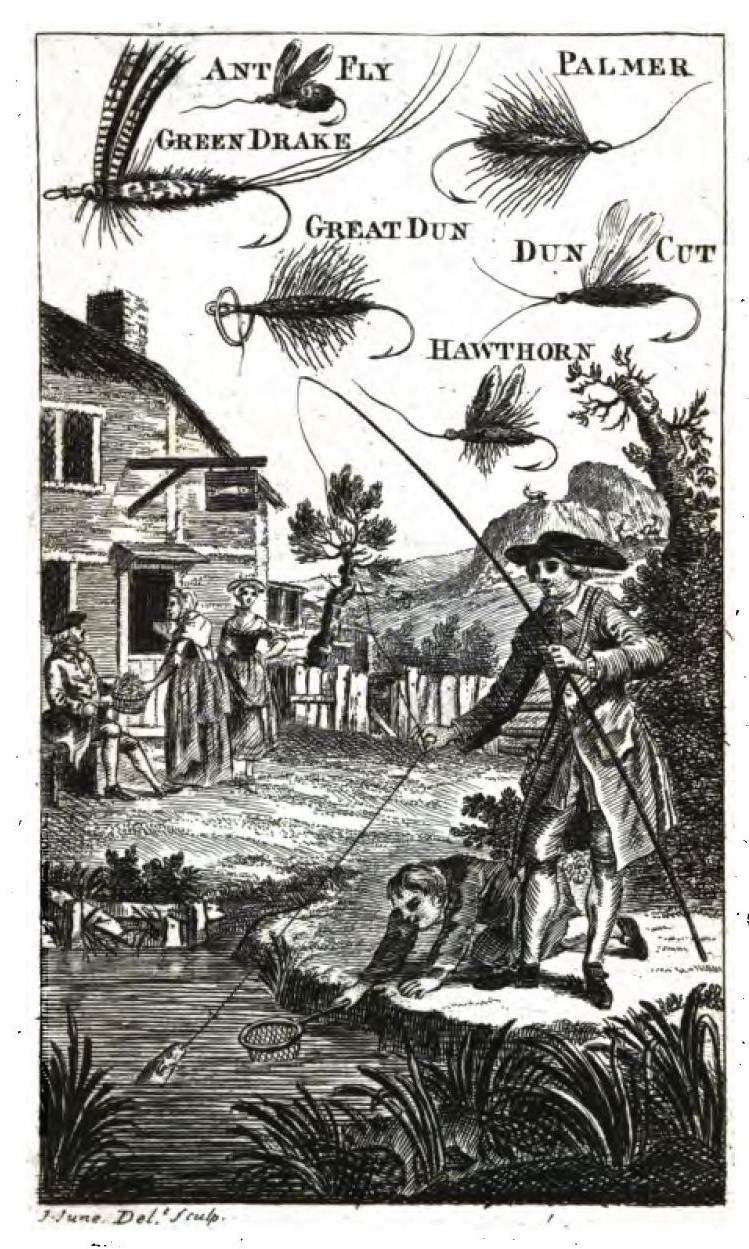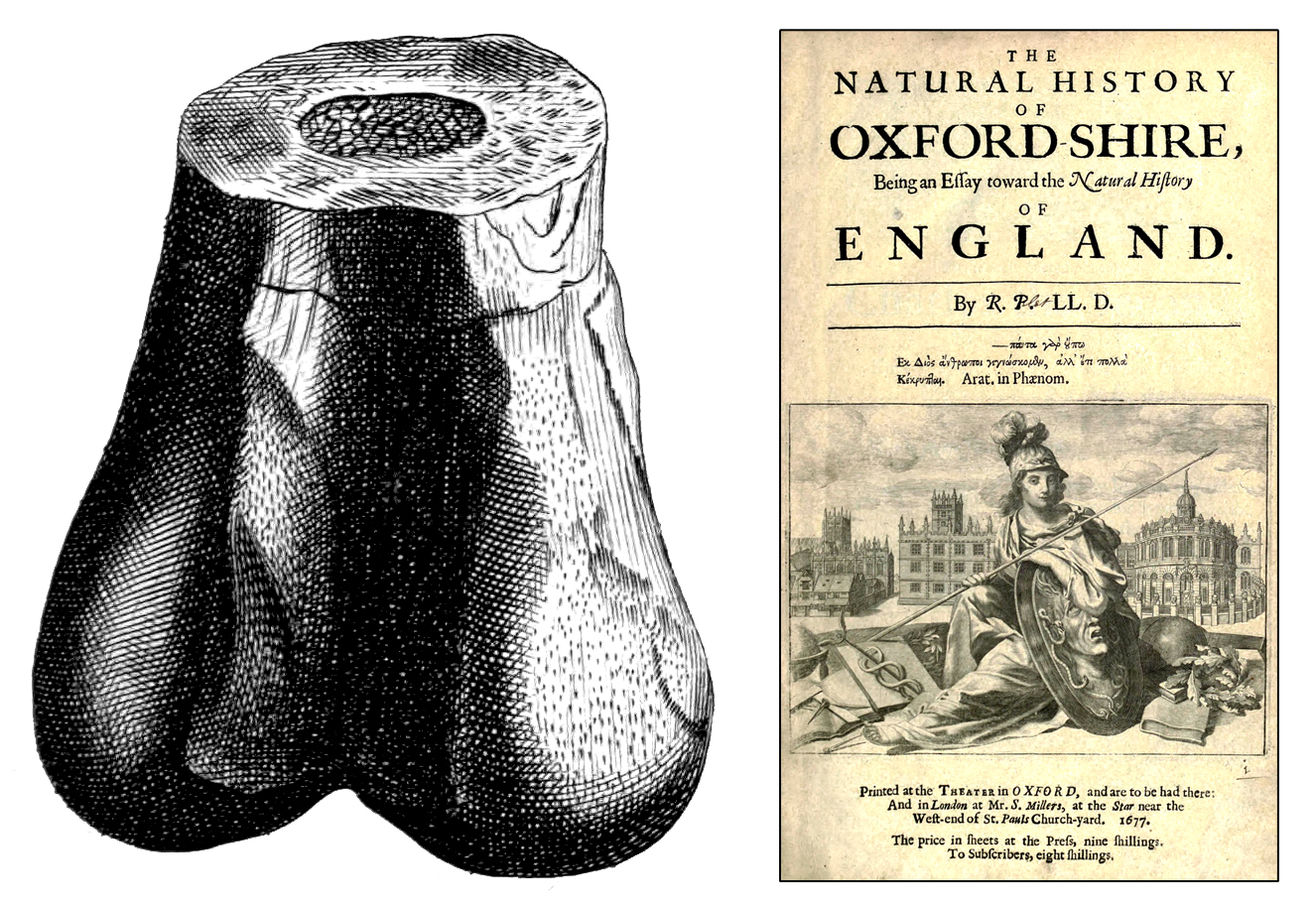Richard Brookes on:
[Wikipedia]
[Google]
[Amazon]
 Richard Brookes (
Richard Brookes (
Brookes's analysis compared to Plot
/ref> His main translations are ''The Natural History of Chocolate'' (1724), from the French ''Histoire Naturelle du Cacao et du Sucre'' (1719) of Quelus (de Chélus), 2nd ed. 1730; and Jean-Baptiste Du Halde's ''History of China'', 4 vols. 1736.
fl.
''Floruit'' ( ; usually abbreviated fl. or occasionally flor.; from Latin for 'flourished') denotes a date or period during which a person was known to have been alive or active. In English, the unabbreviated word may also be used as a noun indic ...
1721 – 1763) was an English physician and author of compilations and translations on medicine, surgery, natural history, and geography, most of which went through several editions.
Life
He was at one time a rural practitioner inSurrey
Surrey () is a Ceremonial counties of England, ceremonial county in South East England. It is bordered by Greater London to the northeast, Kent to the east, East Sussex, East and West Sussex to the south, and Hampshire and Berkshire to the wes ...
(Dedication of ''Art of Angling''). At some time previous to 1762 he had travelled both in America and Africa (Preface to ''Natural History'').
Works
His ''General Gazetteer'' (1762) filled a gap in the market and went through many editions, up to that of Alexander George Findlay in the later nineteenth century. Other works were: *''History of the most remarkable Pestilential Distempers'', 1721. *''The Art of Angling, Rock and Sea Fishing, with the Natural History of River, Pond, and Sea Fish'', 1740. *''The General Practice of Physic'', 1751. *''An Introduction to Physic and Surgery'', 2 vols. 1754. *''A System of Natural History'', 6 vols. 1763. Includes Volume 5, known in the early history ofpalaeontology
Paleontology, also spelled as palaeontology or palæontology, is the scientific study of the life of the past, mainly but not exclusively through the study of fossils. Paleontologists use fossils as a means to classify organisms, measure geo ...
. In this volume Brookes noted a bone, known previously to Robert Plot
Robert Plot (13 December 1640 – 30 April 1696) was an English naturalist and antiquarian who was the first professor of chemistry at the University of Oxford and the first keeper of the Ashmolean Museum.
Early life and education
Born in Bor ...
, and now identified as coming from Megalosaurus
''Megalosaurus'' (meaning "great lizard", from Ancient Greek, Greek , ', meaning 'big', 'tall' or 'great' and , ', meaning 'lizard') is an extinct genus of large carnivorous theropod dinosaurs of the Middle Jurassic Epoch (Bathonian stage, 166 ...
; found in a quarry at Cornwell, Oxfordshire, it is known as the "Cornwell bone". Brookes named the creature from which it came ''Scrotum Humanum'' in 1763, referring to anatomical similarities with the human scrotum
In most terrestrial mammals, the scrotum (: scrotums or scrota; possibly from Latin ''scortum'', meaning "hide" or "skin") or scrotal sac is a part of the external male genitalia located at the base of the penis. It consists of a sac of skin ...
./ref> His main translations are ''The Natural History of Chocolate'' (1724), from the French ''Histoire Naturelle du Cacao et du Sucre'' (1719) of Quelus (de Chélus), 2nd ed. 1730; and Jean-Baptiste Du Halde's ''History of China'', 4 vols. 1736.

References
:Further reading
*External links
* * * {{DEFAULTSORT:Brookes, Richard Year of birth missing Year of death missing 18th-century English medical doctors 18th-century English non-fiction writers 18th-century English male writers 18th-century English writers English medical writers English geographers